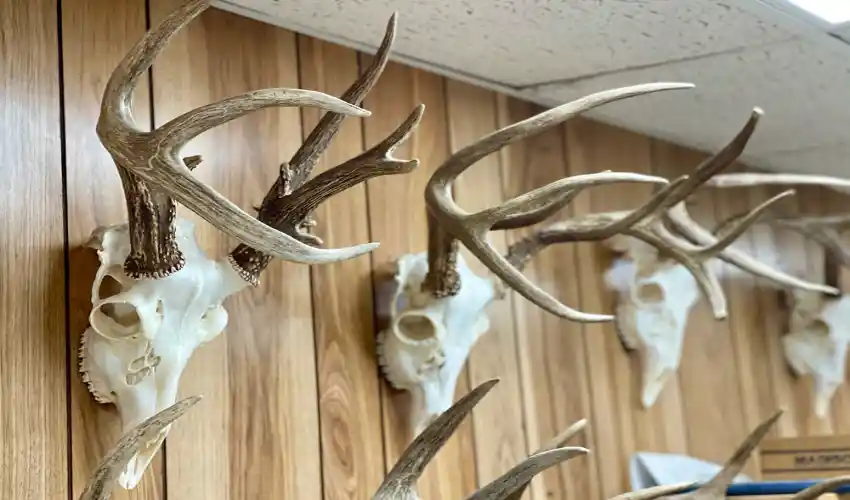Taxidermy is an ancient practice that combines art and science to preserve animals for display. Whether you’re interested in taxidermy as a hobby, a business, or a way to honor wildlife, this guide will help you get started. From essential tools to proper techniques, let’s explore the fascinating world of taxidermy.
What is Taxidermy?
Taxidermy is the process of preserving an animal’s body by mounting or stuffing it for display. The word originates from the Greek words “taxis” (arrangement) and “derma” (skin). It has been used for centuries in museums, hunting lodges, and private collections.
The History of Taxidermy
Taxidermy for sale dates back to ancient civilizations, but it became widely popular in the 19th century when naturalists and hunters sought ways to preserve their specimens. Today, modern taxidermy combines traditional techniques with advanced preservation methods, making it more accessible to hobbyists.
Essential Tools and Materials
To start taxidermy, you need the right tools. Here are some essentials:
- Scalpel and knives – For precise skinning and cutting
- Preservative chemicals – To prevent decay
- Form or mannequin – The foundation for mounting the skin
- Clay and fillers – To shape facial features
- Needles and thread – For sewing the skin
- Paints and airbrushes – To restore natural coloration
Choosing the Right Specimen
Beginners should start with small animals like birds, rabbits, or fish before moving on to larger specimens. Roadkill, donated specimens, or legally sourced animals are good ethical options.
The Taxidermy Process
- Skinning – Carefully remove the skin while preserving important details.
- Fleshing – Remove excess flesh, fat, and tissue.
- Preservation – Apply chemicals or salt to prevent decomposition.
- Form Preparation – Choose or sculpt a form to shape the specimen.
- Mounting – Attach the skin to the form and position it naturally.
- Detailing – Add glass eyes, paint features, and ensure realistic textures.
- Drying and Finishing – Let the specimen dry before applying final touches.
Common Mistakes to Avoid
- Using improper preservation techniques – Leads to decay and foul odor.
- Poor positioning – Results in unnatural postures.
- Rushing the drying process – Can lead to cracks and imperfections.
- Ignoring reference materials – Always use photos for accuracy.
Safety Considerations
Taxidermy involves handling sharp tools and chemicals. Follow these safety guidelines:
- Wear gloves and protective eyewear.
- Work in a well-ventilated area.
- Dispose of biological waste properly.
Legal and Ethical Considerations
Taxidermy laws vary by region. Ensure you’re complying with local regulations regarding protected species and sourcing specimens ethically. Avoid using endangered animals unless permitted by law.
Advancing Your Skills
Once you master basic taxidermy, consider:
- Taking advanced classes or online courses.
- Experimenting with different species and forms.
- Entering taxidermy competitions to refine your craft.
Displaying and Maintaining Taxidermy
Proper maintenance ensures longevity. Keep your taxidermy pieces away from direct sunlight, moisture, and pests. Regular dusting and occasional touch-ups help preserve their quality.
Conclusion
Taxidermy is an exciting and rewarding hobby that requires patience, skill, and creativity. With the right tools, knowledge, and ethical practices, you can create stunning pieces that celebrate wildlife and craftsmanship. Whether you’re a beginner or looking to refine your skills, taxidermy offers a unique blend of art and science that captivates hobbyists worldwide.
